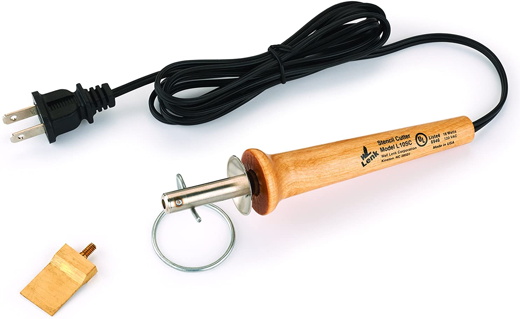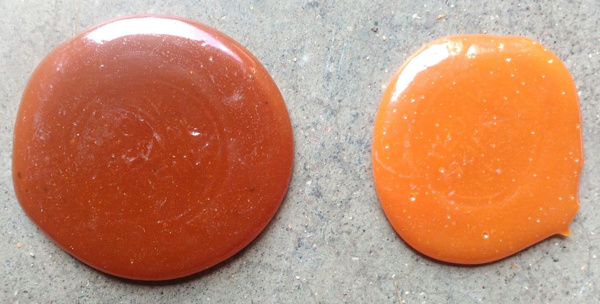|
Shellac Solvent: Shellac is a wonderful finish with a fantastic First, there is no industry regulation Second, is that there is no way of knowing |
In short, denatured alcohol is an Prior to Prohibition here in the United Note: Everclear 190 is not available in all states. |
| ‘Everclear 190’ is a 190 proof Ethanol. Everclear 190 Grain Alcohol is currently banned in 14 states that have ruled 190 Proof Everclear Is Not Legal (2023) include: California – only 151 proof available = 75.5% alcohol & 24.95% water District of Columbia Florida Hawaii Iowa Maine Maryland Massachusetts Michigan Minnesota Nevada New Hampshire New York North Carolina Ohio Pennsylvania Virginia Washington Everclear, (less than 190 Proof) available in the states above IS NOT Recommend for use as a solvent for shellac. 190 Everclear is a brand name of rectified spirit (also known as grain alcohol and neutral spirit) produced by the American company Luxco (formerly known as the David Sherman Corporation). It is made from grain and is bottled at 60%, 75.5%, 94.5% and 95% alcohol by volume (120,151, 189, and 190 U.S. proof respectively). |
Everclear 190 proof (5% distilled Water) A good Solvent for making Shellac is legal in 36 states. States where ‘Everclear 190’ Is Legal (as of 2023) Alabama Alaska Arizona Arkansas Colorado Connecticut Delaware Georgia Idaho Illinois Indiana Kansas Kentucky Louisiana Mississippi Missouri Montana Nebraska New Jersey New Mexico North Dakota Oklahoma Oregon Rhode Island South Carolina South Dakota Tennessee Texas Utah Vermont West Virginia Wisconsin Wyoming |


